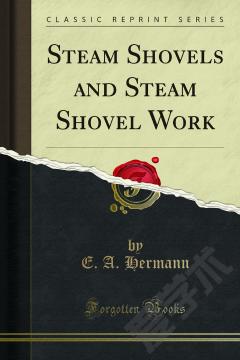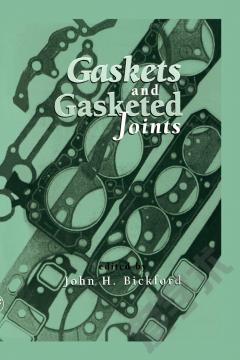Steam Shovels and Steam Shovel Work
The following article originated in a short paper which was read before a local society of civil engineers, and there were so many requests made for this paper and the illustrations pre sented with it that the author was led to believe that there was a demand for such information. Believing that a better under standing of the capabilities of these machines will serve a useful purpose in economizing money, time and labor in the execution of work to which they are adapted, the author presents in this article the information learned by a long practical experience in this special class of work. Descriptions of the various steam shovels can readily be found in the trade catalogues of the differ ent manufacturers. But very little has been published on the manner of using them in the execution of different classes of work, and the disposition of the excavated material after it has been loaded on cars or wagons. This part of the subject will receive most attention, and although much of it may seem very elementary to those who have had an extended experience in operating steam shovels, it may be entirely new to the much larger number who have had few or no opportunities for doing work of this kind. It has been the aim of the author to con dense the reading matter as much as possible, making it a point to use many illustrations in place of lengthy explanations, thus presenting the subject more clearly than by extended descrip tions. The steam shovel, or steam excavator, is a modified form of dredge adapted for excavating material on dry land. It was designed and patented by a Mr. Otis, about 1840, and like most new inventions the first machine built was a very clumsy affair.
{{comment.content}}








 京公网安备 11010802027623号
京公网安备 11010802027623号